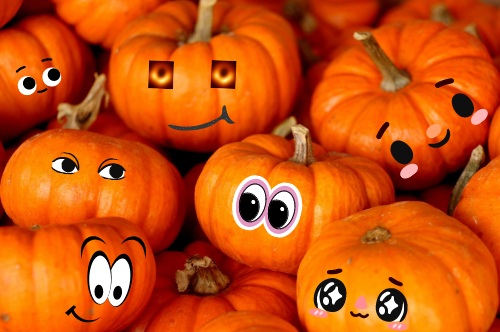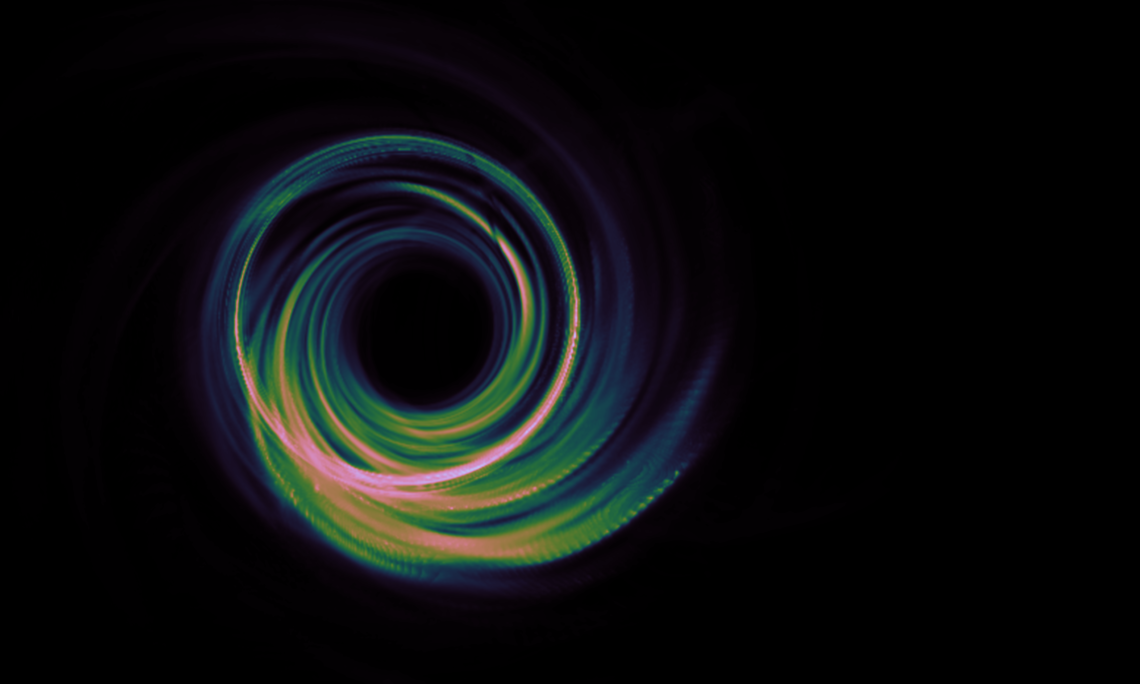When reading our blog posts, you might find yourself asking what the scale of the black holes, jets, or accretion disks we speak of are. If that is the case, then this post is for you! Given that Halloween just happened, let us choose our base unit as one Jack-o’-lantern pumpkin (JOLP) that is 20 kg heavy and 0.5 meters in diameter. For scale, roughly four JOLPs stacked on top of each other would span a human that is 1.8 meters tall and 80 kg heavy. Right, then how many JOLPs would we need to span the entire circumference of the Earth? Well, we would need about 80 million (80…
Read More >>Warps and twists around black holes
Twisted jets? Warped disks? It’s all possible in black holes! Hi all! Today I will talk a bit about our recent paper on the different types of disks you can have around black holes. As perhaps you would know, in 2019, the Event Horizon Telescope collaboration (EHTC) released the first-ever photos of the inner regions of the galaxy M87 (see link here). The EHTC studied an extensive suite of theoretical models of accreting black holes and tried to see which models looked similar to the observed images. These models simulate how the gas accretes onto a spinning or non-spinning black hole and then calculates how photons of light produced by…
Read More >>Fate of Jets in X-ray binaries: jet-wind interaction
Relativistic jets are ubiquitous and we can observe them in a wide range of scales: from stellar-mass objects (e.g., stellar-mass black holes, neutron stars or pulsars) to massive objects (e.g., active galactic nuclei, radio galaxies). In fact, those jets are key players in shaping our universe into what it is now. For example, jets from active galactic nuclei are powerful and capable of reaching very far from the central region of their host galaxy, it is generally accepted that they have provided a huge amount of heating into the universe. Without the heating, most galaxies might have significantly cooled down a long time ago; and had only old stars or…
Read More >>


